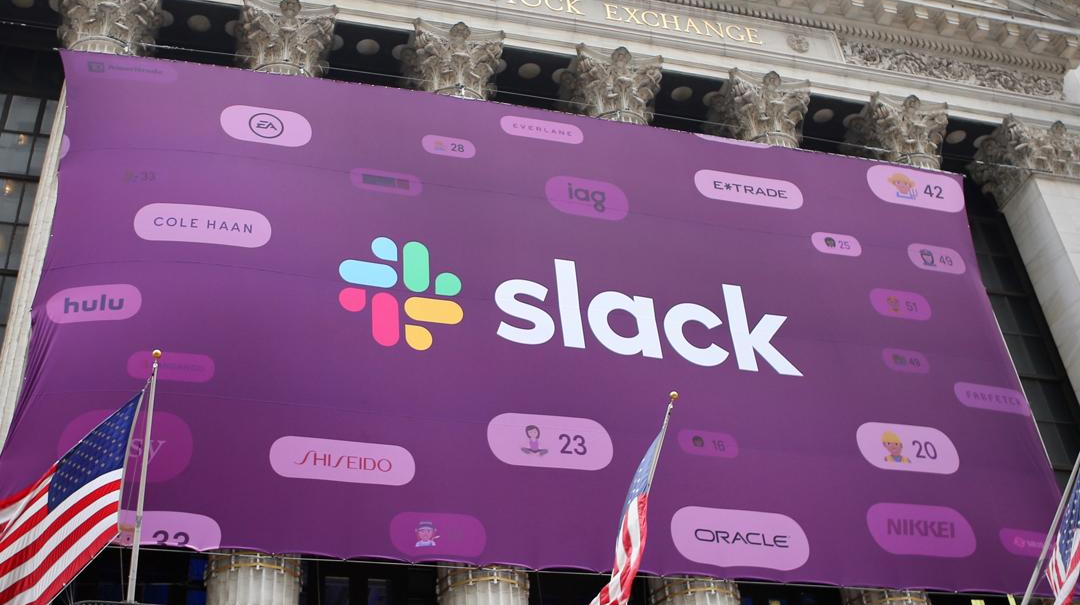 CLOUD
CLOUD
 CLOUD
CLOUD
 CLOUD
CLOUD
Shares in Slack Technologies Inc. plunged nearly 20% in after-hours trading Thursday after the provider of online team collaboration services issued a lower-than-expected first-quarter forecast because of coronavirus concerns.
For the fourth quarter ended Jan. 31, Slack’s revenue rose 49%, to $181.9 million, from the same quarter in 2018. That beat average analysts’ prediction of $174.1 million.
Calculated billings for the quarter rose 47%, to $254.7 million, gross profit was $157.5 million compared with $105.7 million in Q4 2018.
The company’s net operating loss came in at $91.2 million, while Slack’s operating loss after adjustments for stock compensation and other costs was $23.1 million, down from $37.5 million a year ago. The adjusted loss per share was four cents, a penny less than analysts had predicted.
Slack noted that as of the end of 2019, it had 110,000 paying customers, up 25% year-over-year with a 132% net dollar retention rate. The company also had 893 customers paying more than $100,000 per year, up 55%.
“We continue to see significant momentum in our enterprise business and finished the year with 70 customers spending more than $1 million annually on Slack, up 79% year-over-year,” Stewart Butterfield, Slack’s co-founder and chief executive officer, said in a statement. “As the shift from email to channel-based messaging platforms continues, the largest companies around the world are choosing to standardize on Slack because of our enterprise-grade scalability, security, open platform, ease-of-use and innovative roadmap.”
For all that, Slack’s first-quarter forecast was disappointing to investors. The company predicted revenue of $185 million to $188 million with an adjusted operating loss of $38 million to $42 million to $38 million, or six to seven cents a share.
The lower guidance was attributed to the spread of COVID-19, with Slack saying in its U.S. Securities and Exchange Commission Form 10-K filing that it was a risk factor that was affecting operations.
“While the pipeline currently remains healthy, we see risk due to increased customer uncertainty and travel disruption particularly in the enterprise segment,” Butterfield said in an investor call. “On the positive front we are seeing customers begin to work remotely and many are looking to Slack to help manage this.”
On a day the Nasdaq Composite dropped 9.4%, to 7,201.80, and the Dow Jones Industrial Average fell nearly 10%, Slack shares were already down in regular trading 9.7%, to $21.35. In after-hours trading Slack shares dropped 19%, to $17.23, its lowest-ever recorded share price. By comparison, Slack went public through a direct listing in June at $26 a share.
THANK YOU